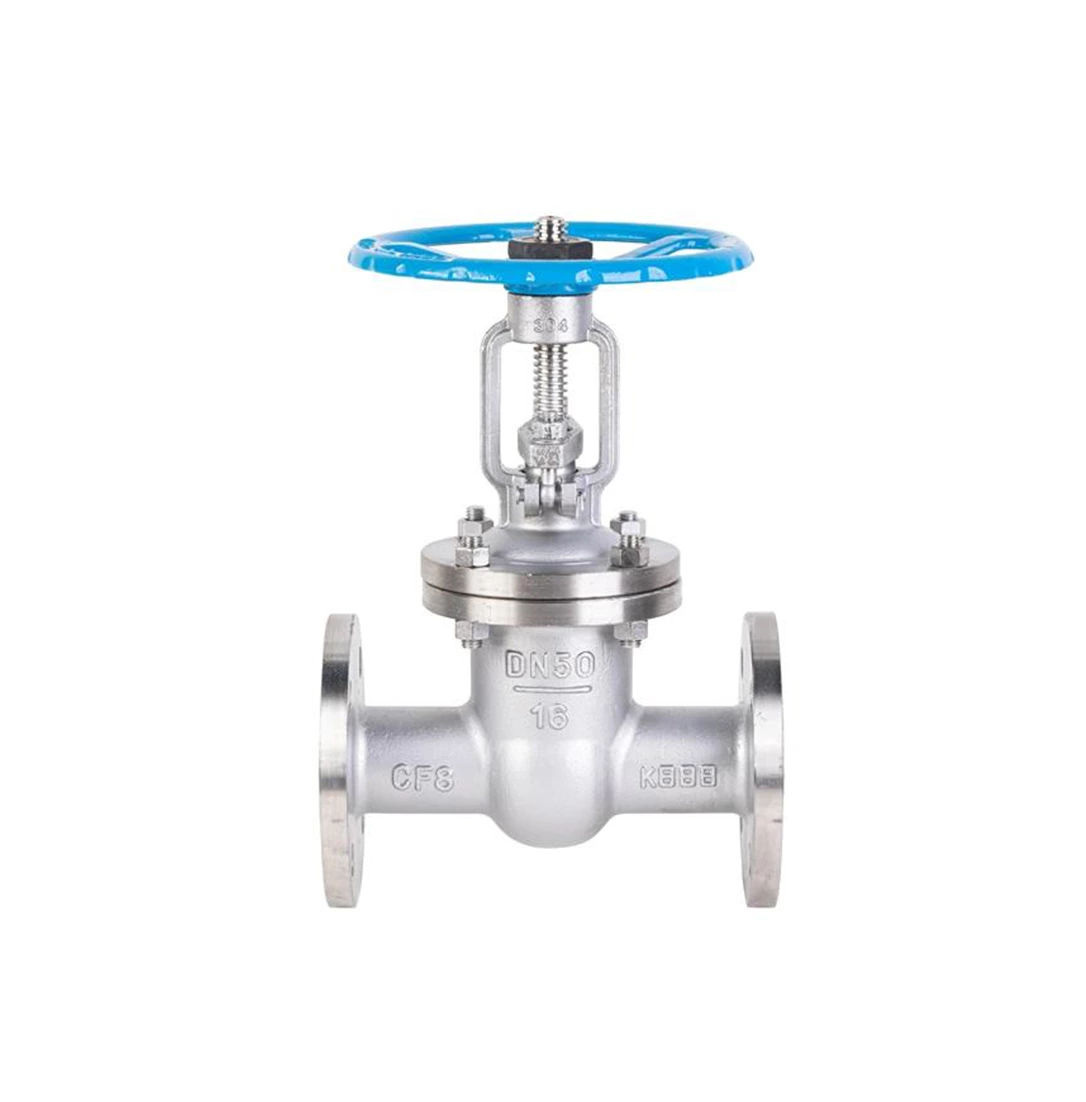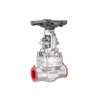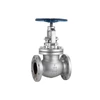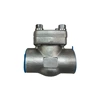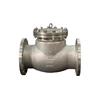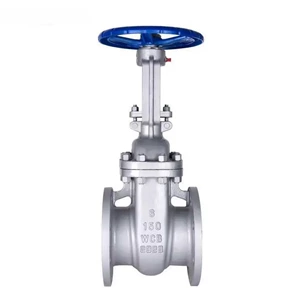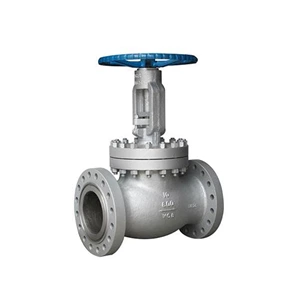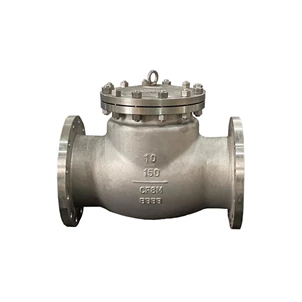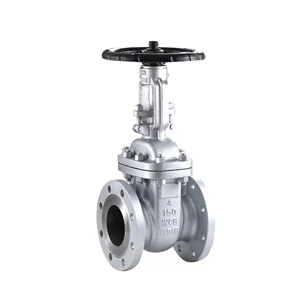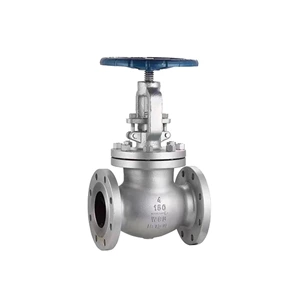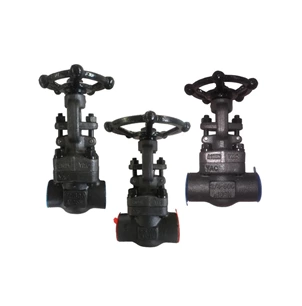The Role Of Cast Steel Gate Valve In Pipeline
Cast Steel Gate Valve plays a very important role in the automatic control of modern plants. The production of these plants depends on the correct distribution and control of the flowing medium. These controls, whether they are energy exchange, pressure reduction or simple container charging, require some final control elements to complete.
Cast steel gate valves act as variable resistance in the pipeline, which changes the process fluid.
Cast steel gate valves provide a pressure drop in laminar flow, which is caused by changing the valve resistance or "friction". This pressure reduction process is usually called "throttling". For gases, it is close to isothermal adiabatic state, and the deviation depends on the non-ideality of the gas (Joule-Thomson effect). In the case of liquids, the pressure is consumed by turbulence or viscous friction, both of which convert pressure into heat energy, resulting in a slight increase in temperature.
Common control loops consist of three main parts, one of which is the sensitive element, which is usually a transmitter. It is a device that can be used to measure the process parameter being regulated, such as pressure, liquid level or temperature. The output of the transmitter is sent to the regulating instrument - the regulator, which determines and measures the deviation between the given value or expected value and the actual value of the process parameter, and sends the correction signal to the final control element - the cast steel gate valve one by one. The valve changes the flow of the fluid so that the process parameter reaches the expected value.
The cast steel gate valve belongs to the control valve series. Its main function is to adjust the pressure, flow, temperature and other parameters of the medium. It is the final control element in the process loop.
